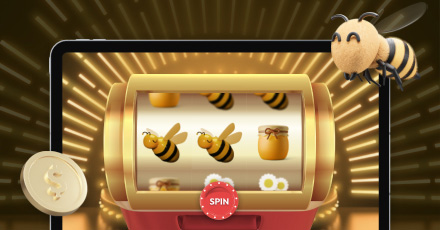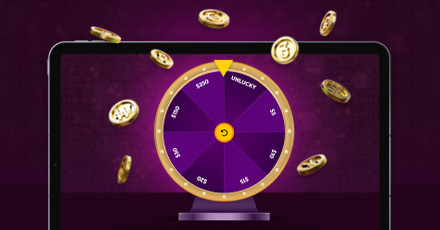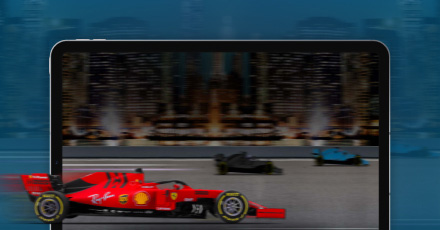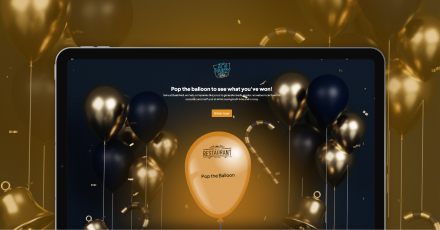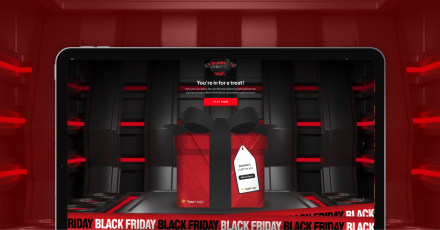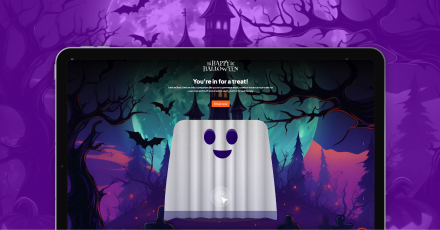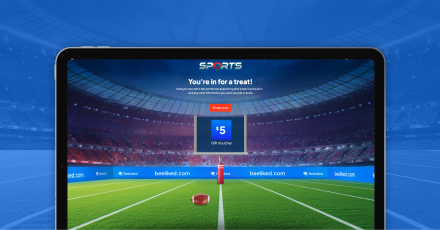An Inside Look at the Psychology of Engagement
Gamification is making waves in the marketing world. It turns ordinary tasks into engaging activities, which helps brands connect better with their audiences.
What is gamification? It’s the use of game-like elements in non-gaming settings. In marketing, it means making activities like shopping, learning about a product, or attending an event more like playing a game.
The global gamification market size was evaluated at USD 10 billion in 2022 and it is projected to surpass around USD 116.68 billion by 2032, poised to grow at a CAGR of 27.9% during the forecast period 2023 to 2032. Key Takeaways: North America gamification market was valued at USD 3.8 billion in 2022.
Source: Precendenceresearch.com
In this article, we’ll dig into:
- The psychology behind gamification
- How it affects consumer behavior
- Effective gamification techniques in marketing
- The benefits of incorporating gamification in your marketing
Whether you’re looking to increase sales, brand awareness, or customer loyalty, understanding gamification could be a game-changer for your marketing strategy.
Mastering the Game: Understanding the Elements That Power-up Gamification

Understanding Consumer Psychology
Consumer behavior is often driven by emotions and the desire for reward. At its core, it’s about what triggers people to take action. Understanding these triggers is crucial for effective marketing.
Gamification taps into these triggers by making interactions with brands enjoyable and rewarding.
The Mechanics of Gamification
Gamification isn’t about playing games, but about engaging experiences. It uses game design elements in non-gaming environments. Elements like scoring points, competition, and achieving levels are used to motivate actions.
When used in marketing, gamification can transform mundane tasks into exciting engagements. For example, earning points for purchases, or competing to win discounts. It takes consumers on an engaging journey, making each point earned or competition won feel like a personal victory. It’s not just about making purchases anymore, but building a story around each transaction, connecting customers more deeply with your brand.
Effective Game Types for Consumer Engagement
Incorporating game mechanics into marketing strategies has proven to be a potent method for engaging consumers. By transforming otherwise simple tasks into exciting challenges or competitive platforms, brands can significantly heighten their engagement. The effectiveness of gamification is often dictated by the type of game mechanics employed.
There are lots of types of games and gamified incentives that have been being deployed in marketing with success, but for the purposes of this article, we’ll focus on these three main types
1. Reward-based games:
Consumers earn rewards based on actions. For example, collecting points for every purchase.
2. Competitive games:
Users compete against others for rewards. It triggers the competitive spirit, driving engagement and actions.
3. Progression games:
Users complete tasks to progress to new levels or unlock new features, keeping them engaged and motivated to interact further.
Gamification leverages human desires for achievement, competition, and rewards, making marketing fun and engaging. By understanding what motivates consumers, marketers can design gamified incentives that increase engagement, promote brand loyalty, and drive sales.
The Psychology Behind Gamification: Cracking the Code of Consumer Engagement

The Psychology Behind Gamification
The essence of gamification in marketing lies in its ability to tap into human psychology, making mundane tasks enjoyable and engaging. Let’s have a brief overview of the psychological mechanisms that fuel gamification’s success:
Dopamine Reward System:
The dopamine reward system is a key component of gamification in marketing. Each time users achieve a milestone or earn rewards in a gamified system, there’s a release of dopamine, a neurotransmitter associated with feelings of pleasure and satisfaction. This dopamine rush encourages users to continue engaging, chasing after the next reward. The release of dopamine is what makes gamification so effective in driving user engagement and behavior.
In fact, gamification has been shown to increase user engagement by up to 48%. By tapping into the human desire for achievement, competition, and rewards, gamification makes marketing fun and engaging. It encourages users to interact with brands in ways that they might not have otherwise.
However, it’s important to note that gamification is not a one-size-fits-all solution. Different types of games can be used to engage different types of consumers. For example, some users might be more motivated by competitive games, while others might prefer collaborative games. By understanding what motivates your target audience, you can design gamified incentives that increase engagement, promote brand loyalty, and drive sales.
Competition and Collaboration:
Competition is a key element of gamification that can be used to motivate users to engage with a brand. By creating a competitive environment, users are encouraged to compete with one another, which can lead to increased engagement and brand loyalty. For example, climbing up a leaderboard can be a powerful motivator for users to engage with a brand.
Collaboration is another important element of gamification that can be used to motivate users. By working together to achieve a common goal, users are encouraged to engage with one another and with the brand. Collaborative games can be particularly effective in engaging users who are motivated by social interaction.
Achievement and Recognition:
Achievement and recognition are key aspects of gamification that appeal to our desire for validation and accomplishment. Earning badges, leveling up, or gaining recognition among peers are all ways in which gamification can tap into the human desire for achievement and recognition.
Badges are a common way to recognize user achievements in gamified systems. They can be used to signify progress, completion of tasks, or mastery of skills. Badges can be used to motivate users to engage with a brand by providing a sense of accomplishment and validation.
Leveling up is another way in which gamification can provide users with a sense of achievement. By progressing through levels, users can feel a sense of accomplishment and validation for their efforts.
Gaining recognition among peers is another aspect of gamification that can be used to motivate users. By providing users with a platform to showcase their achievements and skills, gamified systems can create a sense of community and encourage users to engage with one another.
Reward, Compete, Achieve: The Psychological Triad Powering Gamification
Gamification leverages these psychological triggers effectively, turning ordinary tasks into engaging experiences. It promotes reward-seeking behavior, sparks competition, and encourages community interaction, creating a strong bond between consumers and brands. This understanding of consumer psychology allows marketers to create gamification strategies that entertain, build brand loyalty, and drive desired consumer actions. Through gamification, marketing becomes an engaging journey for both brands and consumers, making every interaction more meaningful and engaging.
Gamification in Action: A Marketing Game Changer
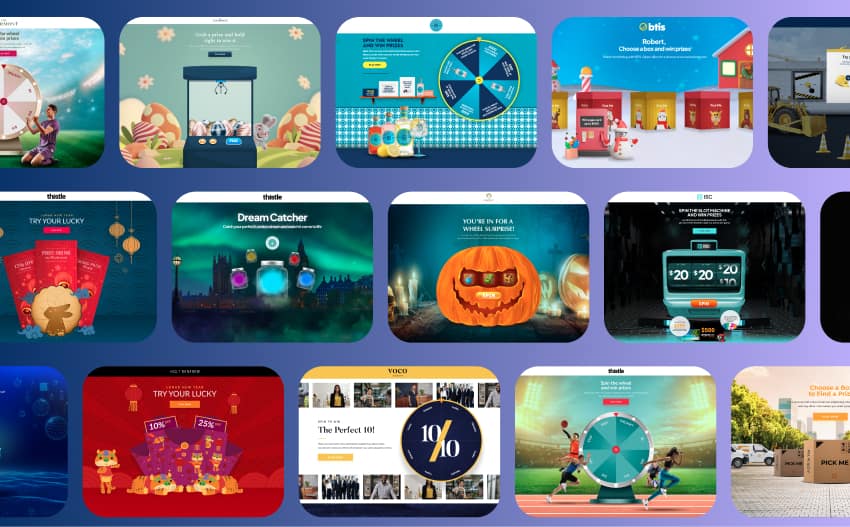
The essence of gamification in marketing is about turning the ordinary into the extraordinary. It’s about adding a sprinkle of fun and a dash of competition to everyday interactions with consumers. The end goal? Creating memorable experiences that keep consumers coming back.
Here’s how gamification is changing the marketing landscape:
Boosting Brand Awareness and Sales
When customers enjoy engaging with a brand, they’re likely to spread the word. Gamified incentives like earning points or unlocking discounts can not only enhance brand perception but also drive sales. The more engaged customers are, the more likely they’ll make a purchase and share their positive experiences.
Enhancing Customer Loyalty and Satisfaction
Gamification can turn one-time buyers into loyal customers. By rewarding repeat purchases and interactions, gamification fosters a sense of loyalty and satisfaction among customers. They feel valued and are incentivized to continue engaging with the brand.
Collecting Valuable Customer Data
Gamified interactions provide a goldmine of customer data. By participating in gamified activities, customers share information about their preferences and behaviors. This data is invaluable for tailoring marketing strategies to better meet the needs and wants of the target audience.
Overcoming the Hurdles of Gamification
Despite its benefits, gamification comes with its set of challenges. It requires a well-thought-out strategy, a clear understanding of the target audience, and a seamless integration of game mechanics into the marketing narrative.
Moreover, measuring the success of gamified marketing campaigns can be tricky. It demands a clear set of metrics and a robust analytical framework to gauge the effectiveness and ROI of gamification efforts.
Gamification is more than a marketing buzzword; it’s a powerful tool for captivating audiences and creating lasting brand impressions. By embracing the game-like allure of gamification, brands can create enriched customer experiences that drive engagement, loyalty, and ultimately, the bottom line.
Unlocking the Power of Gamification in Your Marketing Strategy
Gamification is a key player in making interactions between brands and consumers more engaging. By adding a game-like touch to everyday tasks, it makes things fun and engaging. This extra engagement is a big win—it builds stronger brand loyalty and creates a community of happy, connected consumers
From understanding the psychology behind gamification to seeing it in action, it’s clear that gamification is a solid strategy for boosting consumer engagement. As more brands jump on the gamification bandwagon, its impact on consumer engagement is growing.
Ready to take your consumer engagement up a notch? Explore our solutions and begin harnessing the powerful psychology behind gamification to amplify your marketing campaigns. Sign up with BeeLiked for free today!


